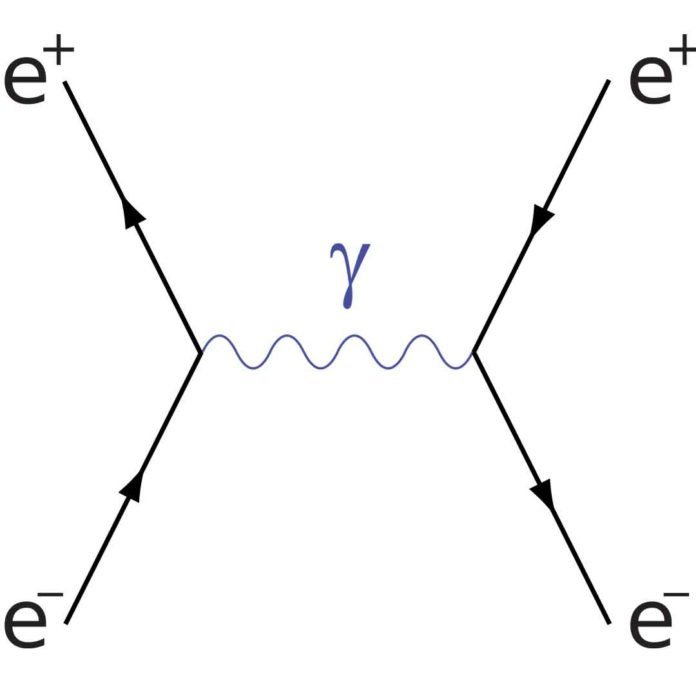Feynman diagrams are a powerful tool in condensed matter physics. By turning highly complex equations into sets of simple diagrams, the method has established itself as one of the sharpest tools in a theoretical physicist’s toolbox.
A scientist at the IST Austria has now extended the Feynman diagram technique. The diagram that is used for subatomic particles, the simplest objects imaginable, can now be work with molecules, far more complex objects.
This new technique could definitely, simplify the description of molecular rotations in solvents. In addition, it could help scientists to take a step forward toward understanding chemical reactions in solvents at the microscopic level and, potentially, controlling them.
Sometimes when you’re stuck on a problem, the solution could be closer than you think, for instance in a different area of the research field you are working in. But thinking across disciplines is difficult and requires a good mix of expertise and an environment that fosters such interdisciplinary collaborations.
Giacomo Bighin found such an environment at IST Austria when he, a condensed matter physicist, joined the group of Mikhail Lemeshko, a molecular physicist. The result is a new method for molecular physics, one that can greatly facilitate the description of rotating molecules in solvents and paves the way for eventually controlling their reactions.
Mikhail Lemeshko said, “Molecules always rotate, and how they interact with one another depends on their relative orientation. That is, if they hit another molecule with one end, it has a different effect than if they hit it with the other end.”
“The orientation of molecules and hence chemical reactions have already been controlled in experiments on molecular gases, but it is quite challenging to do the same in solvents. This is a long-term goal that Mikhail Lemeshko and his group are working towards, one step at a time. The step they have just taken is about being better able to describe the rotation of a molecule in a solvent—a prerequisite for eventually controlling reactions in this environment.”
Giacomo Bighin said, “Transferring the method, however, was not easy. “Feynman diagrams work for point-like particles such electrons. Point-like means that they are not affected by rotations: if you rotate an electron, it looks exactly the same as before. Molecules, on the other hand, are more complex and can rotate and change their orientation in space.”
From transferring the method from electrons to molecules, scientists had to develop a new formalism. Earlier, it was unclear if it will function for molecules. Now the formalism is ready to use in chemical problems.
Lemeshko said, “We expect that people from a more molecular background will see that it is now possible to study molecules in this way. The technique delivers extremely precise results in condensed matter physics, and it has the potential to achieve the same accuracy in molecular simulations.”
The study is published in the Physical Review Letters.
